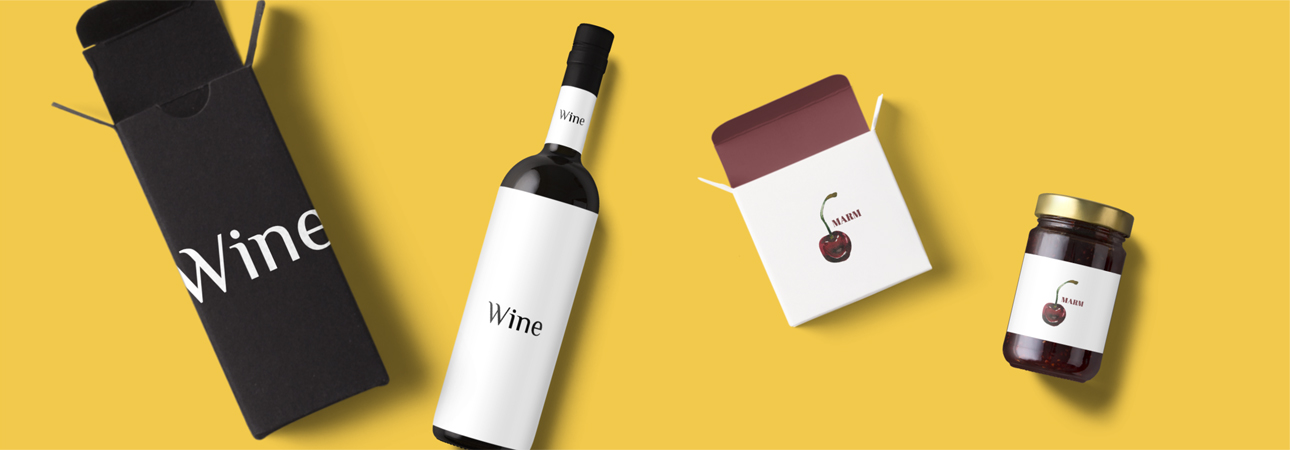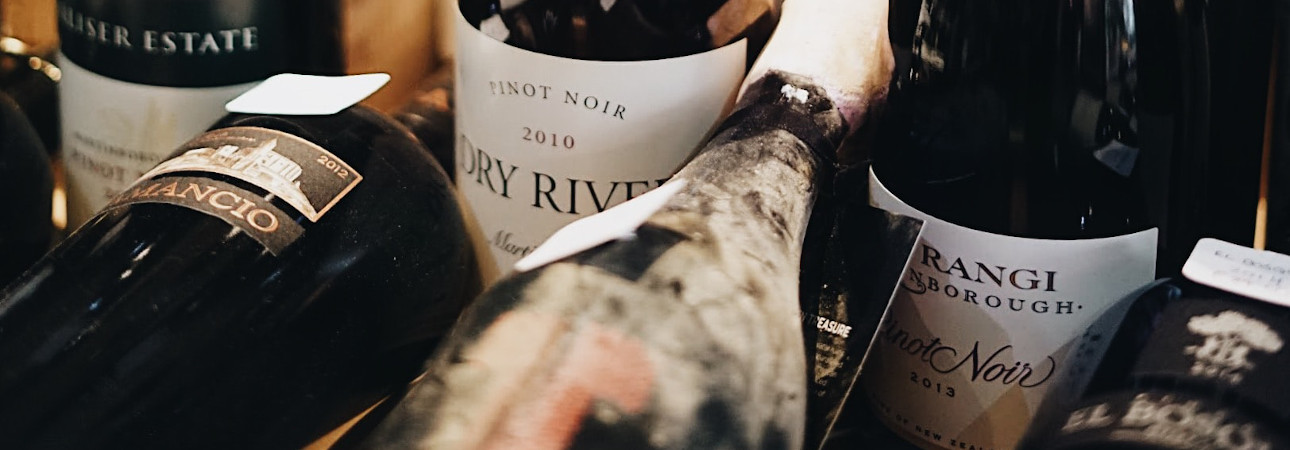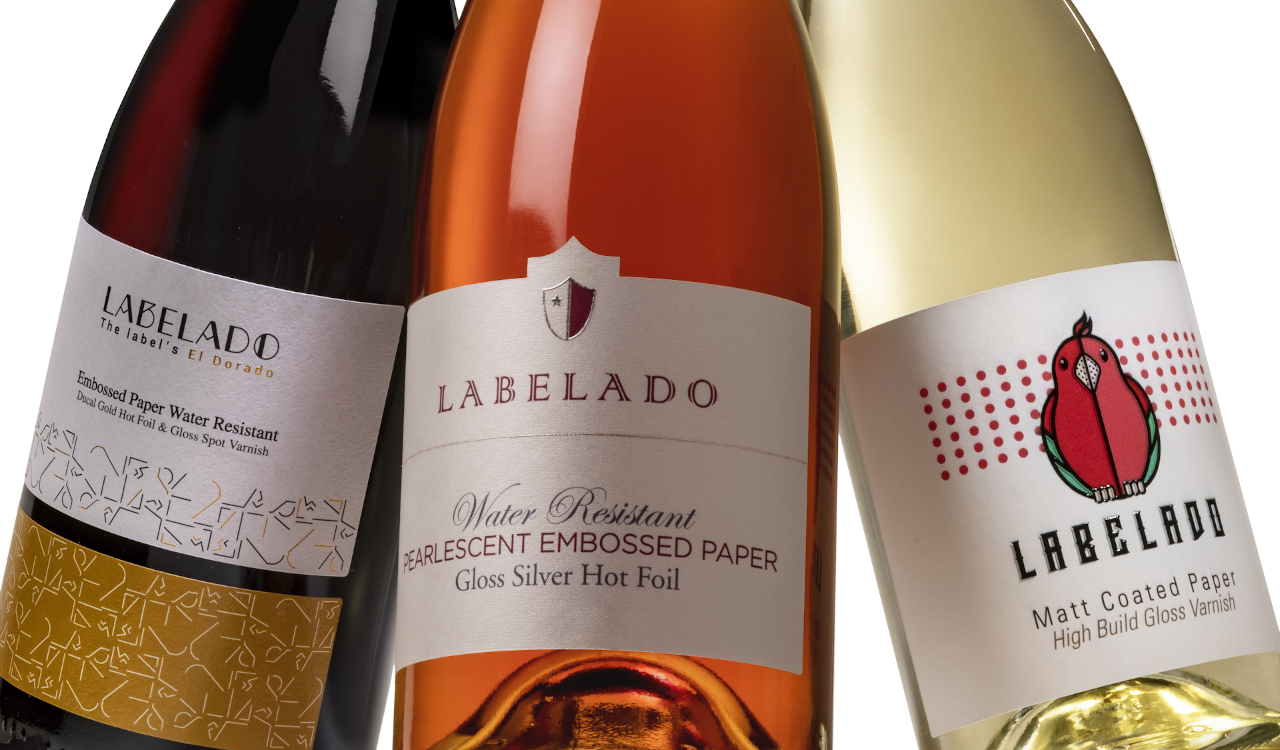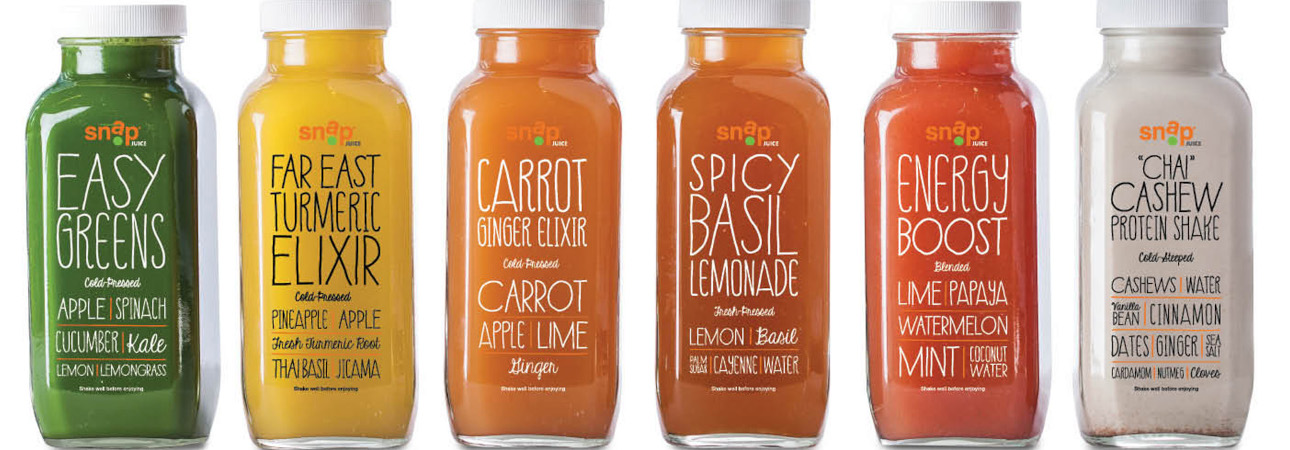Did you like the article? Share it!
Paper Grammage - How to choose the right grammage for your printouts
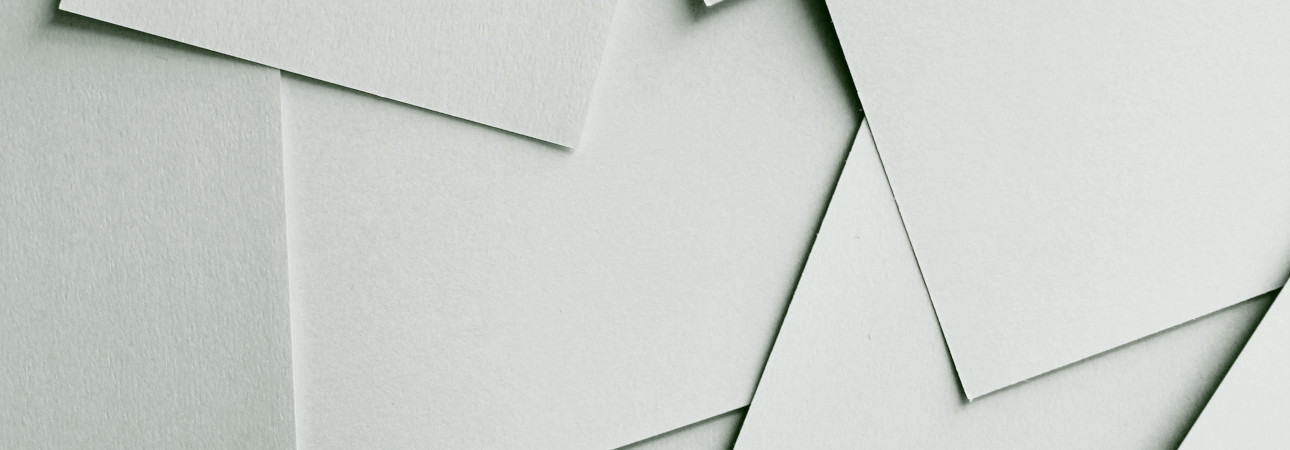
When you have to print something, you are faced with a choice, which paper grammage is more suitable? The world of paper is varied, and there are many aspects to consider; today, I am pleased to show you the recommended grammage for each of the most common and everyday printed products. I want to make sure that you can make informed choices and know for sure which material is the most suitable paper grammage for your prints!
First of all, we define the grammage, which is the grammage of a sheet (expressed in grams) per square meter (gr / m2). The grammage dictates both technical and design characteristics of the printed product.
Tissue paper (18 - 50 gsm)
Tissue paper is purposely the lightest paper available on the market. This is because its function is to coat the products, and thanks to its softness, it can easily take its shape. It is recommended for packaging any product, from a wine bottle to a personalized sweater!
Tissue paper can reach a grammage of 18 g / m2, becoming one of the lightest papers available; the only material that structurally can withstand lower grammages is plastic.
The tissue paper is so thin that it allows light to pass through, making it slightly transparent.
Newspaper (30-55 gr / m2)
The sheets of newspapers and newspapers have a grammage between 30 and 55 g / m2. This is because the newspaper is made up of numerous pages, and the finished product must be extremely cheap and accessible.
Magazine Paper (70-90 gr / m2)
Magazines play a more luxurious role than the newspaper. The paper grammage of their pages is higher and can even reach 90 gr / m2. These pages are thicker to allow a glossy surface coating that enhances the resolution of the photos, images and illustrations typical of magazines.
Label paper (80 - 130 gr / m2)
Both paper and glue and adhesive labels have a wide range of grammages; this is because the labels belong to a world in which essential customizations take place.
From the simple low grammage coated paper, it is possible to reach high grammages of papers containing cotton fibres, very luxurious papers mainly used in the world of wine and luxury spirits. The labels have a wide range of grammages even as they do not have a structural function; they are labeled to the products that act as their basis.
Brochures, leaflets and posters (130-170 gr / m2)
Items that must be handled or hung require more important grammages. Brochures, leaflets, flyers and posters tend to have grammages that allow them to be handled without stressing them.
Depliant (170-250 gr / m2)
Depliant are a product that requires more care than brochures, which is why they tend to be printed on thicker paper to give added value and resistance. These papers can be either coated, natural or specialty papers such as embossed and pearl papers. The lower grammage of the brochures is intended for the internal pages, while the covers tend to have a higher grammage to give strength to the finished product.
Business Cards (250 - 400 gr / m2)
Business cards are one of those products that have to withstand a lot of physical stress, tear resistance, to not end up being rediscovered months later crumpled in a wallet.
The minimum paper grammage for a “usable” business card is 250 g, but it is advisable to stay above 300 g to have a quality product.
Small format paper converting (300 - 400 gr / m2)
With paper converting, we mean all those forms of functional packaging that must support or pack other products, such as product boxes. This implies that the paper products must have a paper grammage such as to be able to support the grammage of the objects and any bumps during transport.
Medium format paper converting (400 - 600 gr / m2)
As the grammage of the product or its dimensions increase, higher paper grammages correspond. For example, in order to make a functional box for a single bottle of wine, a grammage greater than 400 gr is required.
We tend to choose to couple two materials (for example, 2 sheets of 250gr grammage), in order to save costs and also to have a technical advantage: by coupling the sheets by rotating one in the other direction, the fibers will be crossed. This will allow the box not to bend and bend once the printing is complete and the product has been inserted.
Premium business cards (400 - 600 gr / m2)
If you've always hated "soft" business cards, you are probably looking for a business card of a certain thickness. In fact, there are business cards of important grammages, often coupled with various papers to create a touch of design and luxury that allows you to stand out from your competitors.
Large Format (+ 800 gr / m2)
POS, Shipping Boxes, Ecommerce Boxes and other products require very high grammages. Here you enter the world of corrugated cardboard, or cardboard that is coupled inside with another cardboard that wraps a third element in corrugated paper. Depending on the height and frequency of the wave, there will be different corrugated boards with various technical properties.
How to choose the perfect paper grammage for your product to print
As you can see, there are various aspects to consider regarding the choice of paper grammage, the rule is always to request information from printing and design experts who will be able to make the choice of material simple and without headaches.
Remember that this is an activity to be carried out already during the design of the graphics and your product, so as not to be caught unprepared when it goes to print!
Next

